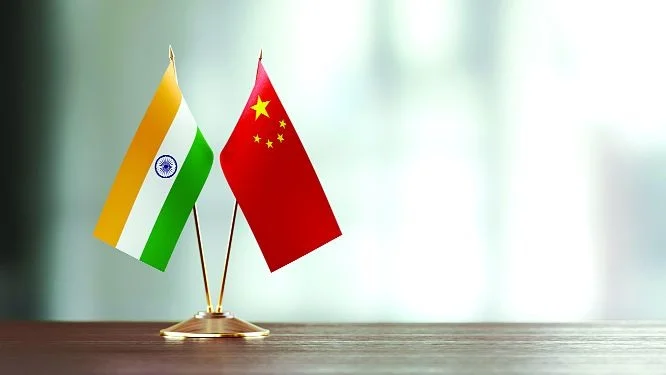
Srinagar- Days after India and China reached an agreement to end the standoff between the armies of the two nations in eastern Ladakh, the disengagement process has begun at two friction points along the Line of Actual Control (LAC). Disengagement will be completed by October 29 and patrolling will begin by the end of this month, army sources said.
Troops from both sides will fall back to pre-April 2020 positions and all temporary infrastructure – sheds or tents – will be removed, while ground commanders will continue to hold regular meetings.
Sources said each side will also continue to have surveillance options in the Depsang and Demchok areas, and will inform the other prior to stepping out on patrol “to avoid any miscommunication”. Indian soldiers are moving back to the west side of the Charding Nala, while Chinese soldiers retreat to the east side, sources said.
India and China reached a patrolling agreement last week – for these regions only – that will, hopefully, put an end to over four years of military and diplomatic tension arising from the Line of Actual Control.
That tension was fuelled by a series of military skirmishes in the Pangong Lake area in May 2020 and included the clash in Ladakh’s Galwan in June, in which 20 Indian soldiers died for their country.
In the weeks and months following the Galwan violence both countries ramped up military presence along the LAC, the de facto international border; in August last year it was reported that Delhi had airlifted nearly 70,000 soldiers, over 90 tanks, and hundreds of infantry combat vehicles, as well as deploying Sukhoi and Jaguar fighter jets in eastern Ladakh, for rapid deployment in the region.
Beijing had similarly deployed soldiers “in considerable numbers all across Eastern Ladakh and the Northern Front, right up to (India’s) Eastern Command”, the Army had said earlier.
On the disengagement and de-escalation process, Army Chief General Upendra Dwivedi said this week that the Indian military is “trying to restore trust” in its Chinese counterpart.
“This (rebuilding of trust) will happen once we are able to see each other, and convince and reassure each other, that we are not creeping into buffer zones that have been created,” the General said.
The patrolling agreement was announced – hours before Prime Minister Narendra Modi’s visit to Russia for the BRICS summit where he would hold a bilateral with China’s Xi Jinping.
Speaking after it was confirmed, Modi told the Chinese leader, “It should be our priority to ensure there is peace and stability along our border”, and stressed the need for “mutual trust, mutual respect”.
Earlier External Affairs Minister S Jaishankar said the agreement was the result of “patient and persevering diplomacy”. Speaking at NDTV’s World Summit, he said, “I think it creates a basis for peace and tranquillity along the border, which was there before 2020…”
De-escalation is still a concern in other areas, including the Gogra-Hot Springs area in Ladakh, after Indian and Chinese forces backed down in September last year. However, intel indicates China continues to hold large swathes of Indian territory to the north, in the Depsang plains area.
Depsang is seen as critical for India since it provides access to the airstrip at Daulat Beg Oldie and prevents Chinese troops from threatening vital logistics centres in the area. Demchok, meanwhile is divided in two by the LAC; India controls the western part, which is claimed by China.
Follow this link to join our WhatsApp group: Join Now
Be Part of Quality Journalism |
Quality journalism takes a lot of time, money and hard work to produce and despite all the hardships we still do it. Our reporters and editors are working overtime in Kashmir and beyond to cover what you care about, break big stories, and expose injustices that can change lives. Today more people are reading Kashmir Observer than ever, but only a handful are paying while advertising revenues are falling fast. |
| ACT NOW |
| MONTHLY | Rs 100 | |
| YEARLY | Rs 1000 | |
| LIFETIME | Rs 10000 | |










